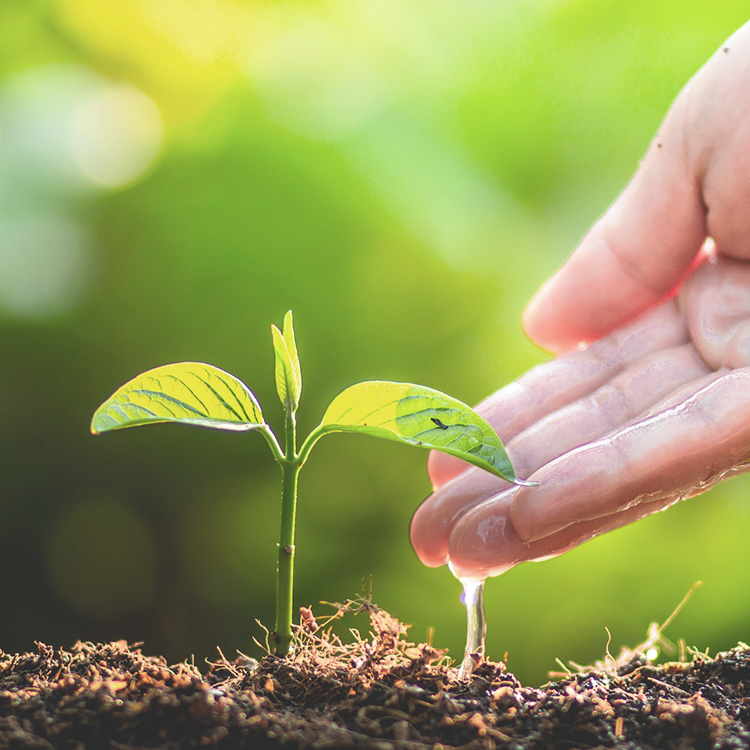In a world grappling with climate change, biodiversity loss, and resource depletion, sustainability has emerged as a defining principle of our time. It is no longer a distant ideal but an urgent necessity. Sustainability is not just about environmental conservation; it is a holistic approach that seeks to balance ecological integrity, economic development, and social equity to ensure the well-being of present and future generations.
Understanding Sustainability
At its core, sustainability refers to the ability to meet the needs of the present without compromising the ability of future generations to meet their own needs. This definition, popularized by the 1987 Brundtland Report, encompasses three interconnected pillars:
-
Environmental Sustainability – Maintaining the health of ecosystems and natural resources.
-
Economic Sustainability – Creating economic systems that are resilient, inclusive, and efficient.
-
Social Sustainability – Promoting equity, justice, cultural preservation, and human well-being.
True sustainability requires that these three aspects are not viewed in isolation but as parts of a larger, interconnected system.
Why Sustainability Matters
The consequences of unsustainable practices are becoming increasingly visible. Rising global temperatures, erratic weather patterns, melting glaciers, deforestation, plastic pollution, and shrinking biodiversity are all signs that the Earth’s ecosystems are under immense pressure. These environmental changes have direct implications for human life — from food and water shortages to health crises and climate-related displacement.
Economically, dependence on finite resources like fossil fuels leads to market instability and conflict. Socially, inequality and injustice widen the gap between communities, leading to unrest and undermining social cohesion.
Thus, sustainability is essential not only for protecting the planet but also for building resilient economies and fair societies.
Sustainable Development Goals (SDGs)
In 2015, the United Nations adopted the 2030 Agenda for Sustainable Development, which includes 17 Sustainable Development Goals (SDGs). These goals provide a blueprint for achieving a more sustainable and equitable world by 2030. They address issues such as poverty, hunger, clean water, gender equality, affordable clean energy, climate action, and more.
Each goal is interconnected, reinforcing the idea that environmental protection, economic progress, and social justice must go hand in hand.
Challenges to Sustainability
Despite growing awareness, achieving sustainability faces many challenges:
-
Overconsumption: The global economy often promotes a consumer culture that encourages excessive use of resources.
-
Short-term thinking: Political and business decisions are often driven by immediate gains rather than long-term consequences.
-
Lack of education and awareness: Many people remain unaware of how their actions impact the planet.
-
Inequality: Unequal access to resources and opportunities hampers efforts to create just and sustainable communities.
-
Political and corporate resistance: Transitioning to sustainable systems can face resistance from those benefiting from the status quo.
Overcoming these barriers requires systemic change, innovative thinking, and collective willpower.
Pathways to a Sustainable Future
Sustainability is not just a government policy or corporate responsibility — it begins at the individual level and expands to families, communities, businesses, and nations. Here are key steps that can lead us toward a sustainable future:
1. Education and Awareness
Educating individuals from a young age about environmental issues, responsible consumption, and sustainable living can create a generation of conscious citizens.
2. Renewable Energy
Transitioning from fossil fuels to renewable energy sources like solar, wind, hydro, and geothermal can drastically reduce carbon emissions.
3. Circular Economy
Unlike the traditional “take-make-dispose” model, a circular economy emphasizes recycling, reusing, and designing products to last longer.
4. Sustainable Agriculture
Practices such as organic farming, permaculture, crop rotation, and reduced chemical usage preserve soil health, water, and biodiversity.
5. Green Infrastructure
Urban planning that incorporates green spaces, efficient public transport, and eco-friendly buildings enhances quality of life while reducing environmental impact.
6. Policy and Governance
Governments play a crucial role through laws, subsidies, and regulations that promote sustainability and penalize polluting practices.
7. Corporate Responsibility
Businesses must adopt sustainable supply chains, reduce waste, and support ethical labor practices.
8. Individual Action
Each person can contribute by reducing plastic use, conserving energy and water, using public transport, and making environmentally responsible choices.
Conclusion: A Collective Responsibility
Sustainability is not a choice — it is an imperative. The decisions we make today will determine the state of the planet tomorrow. Whether it’s a government enforcing policies, a business reducing its carbon footprint, or an individual planting a tree, every action counts.
Creating a sustainable world requires cooperation across borders, generations, and sectors of society. It demands innovation, courage, and empathy. We are all stakeholders in the Earth’s future — and by embracing sustainability, we invest in a world that is not only habitable but thriving for centuries to come.
Let us be the generation that chose sustainability — and built a future that lasts.

